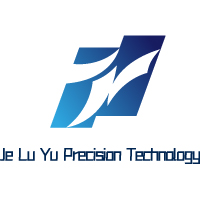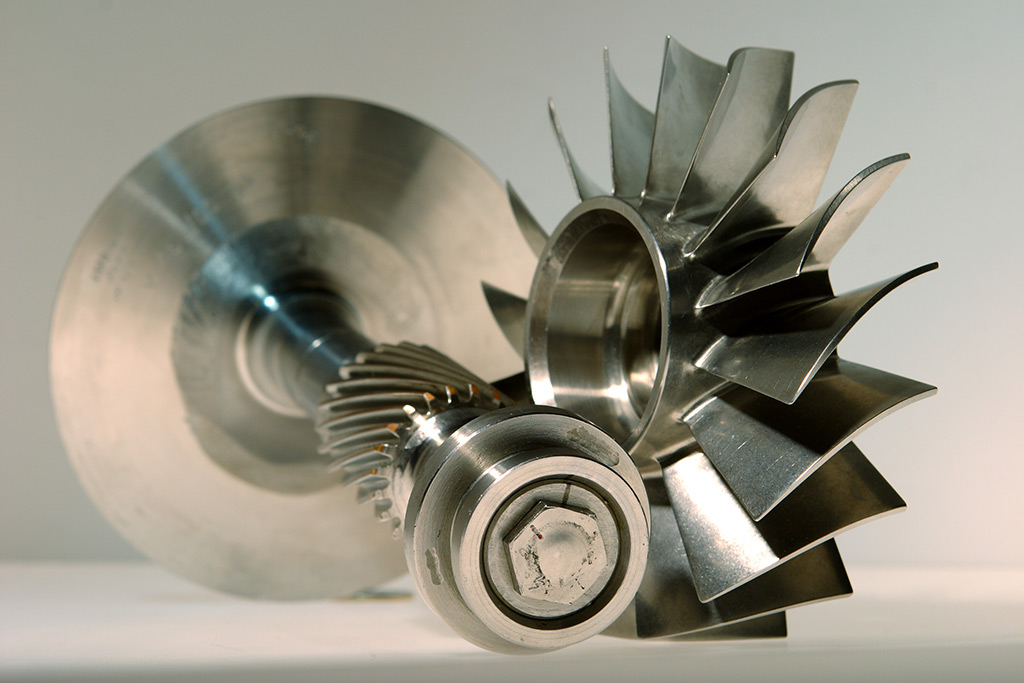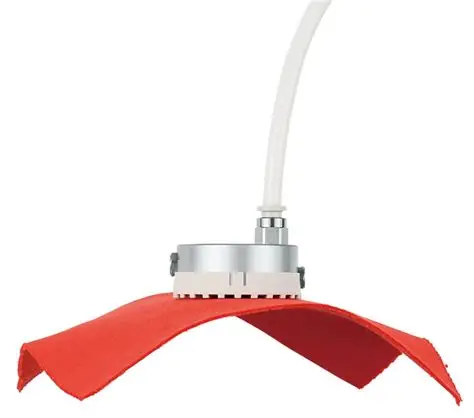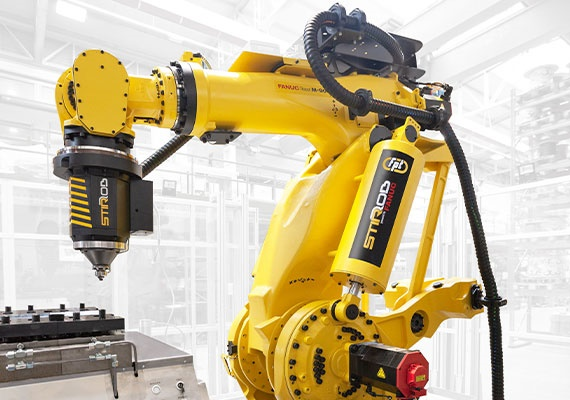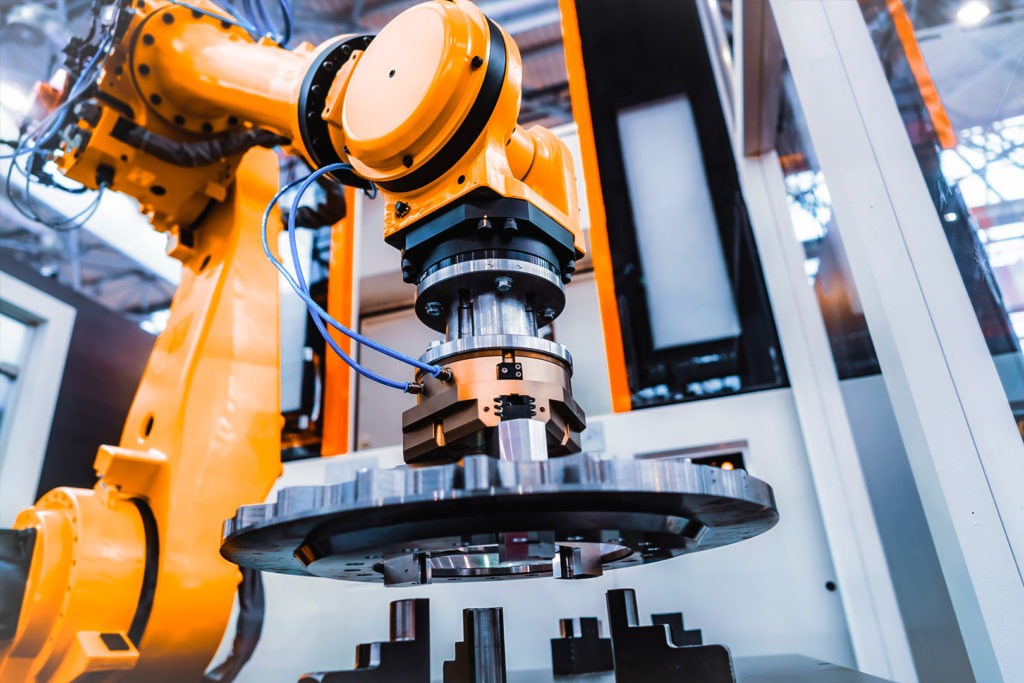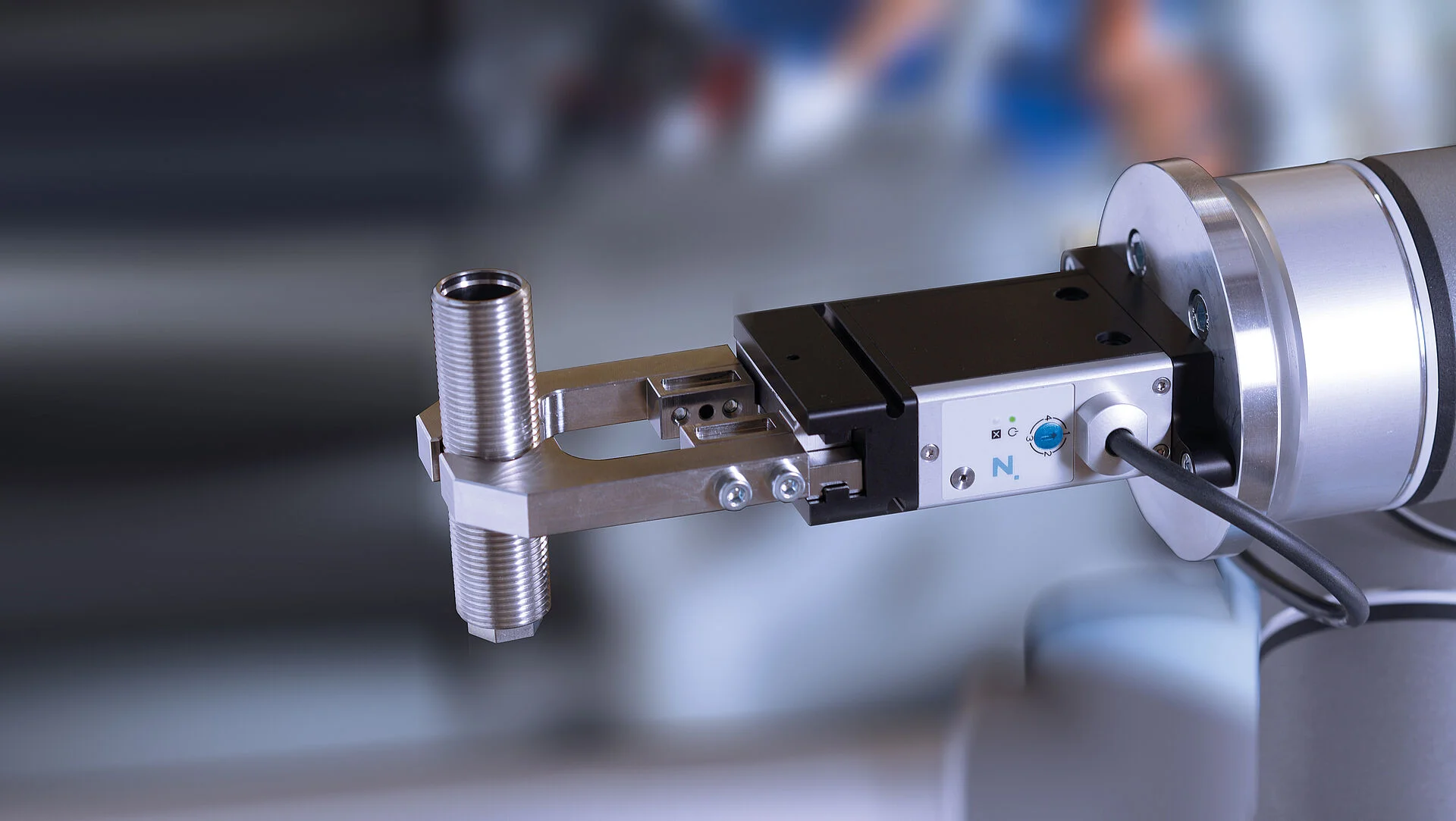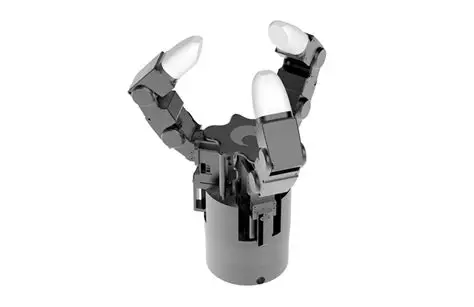Titanium Ti-6Al-4V Machining Services: Mastering the Art of Precision CNC Machining for Aerospace-Grade Alloys
Introduction: The Pinnacle of Precision Machining with Ti-6Al-4V Titanium
Ti-6Al-4V titanium alloy, commonly designated as Grade 5 titanium, represents the most widely utilized titanium alloy in aerospace, medical, and high-performance industrial applications. This alpha-beta alloy comprises 6% aluminum and 4% vanadium, delivering an exceptional strength-to-weight ratio that surpasses many structural materials. However, machining Ti-6Al-4V presents unique challenges that demand specialized expertise, advanced tooling, and precisely optimized parameters to achieve dimensional accuracy and surface integrity.
As a leading CNC machining service provider, we have mastered the complexities of Ti-6Al-4V machining through years of dedicated research and practical application. This comprehensive guide explores the technical nuances, advanced methodologies, and practical applications of precision Ti-6Al-4V machining, providing valuable insights for engineers and manufacturers seeking to leverage this exceptional material’s full potential.
Understanding Ti-6Al-4V Material Properties and Machining Challenges
Fundamental Characteristics
Ti-6Al-4V possesses a unique combination of properties that make it both valuable and challenging to machine:
*Table 1: Key Properties of Ti-6Al-4V Titanium Alloy*
| Property | Value/Description | Machining Implications |
|---|---|---|
| Tensile Strength | 950-1170 MPa | High cutting forces required, demanding rigid setup |
| Yield Strength | 880-950 MPa | Significant springback possible, affecting accuracy |
| Thermal Conductivity | 6.7 W/m·K | Poor heat dissipation, leading to thermal concentration |
| Hardness | 30-36 HRC | Moderate hardness but abrasive due to microstructure |
| Elastic Modulus | 113.8 GPa | Low modulus increases vibration risk in thin sections |
| Chemical Reactivity | High at elevated temperatures | Tendency to react with tool materials, causing diffusion wear |
The low thermal conductivity of Ti-6Al-4V (approximately 1/6 that of steel) causes approximately 80% of the generated heat to transfer to the cutting tool rather than the chip or workpiece . This thermal concentration accelerates tool wear and necessitates specialized cooling strategies.
Primary Machining Challenges
Several material characteristics present significant challenges in Ti-6Al-4V machining:
-
Work Hardening Tendency: The alloy exhibits rapid work hardening during machining, particularly when using inappropriate feed rates or worn tools
-
Abrasive Nature: The hard alpha-beta microstructure abrades cutting edges, demanding wear-resistant tool materials
-
Chemical Affinity: Ti-6Al-4V readily reacts with common tool materials (including carbide) at temperatures above 500°C, leading to adhesion and diffusion wear
-
Elastic Recovery: The low modulus of elasticity causes springback after cutting, increasing friction and potential for tool chipping
Advanced Tooling Strategies for Ti-6Al-4V Machining
Cutting Tool Selection
Proper tool selection is critical for successful Ti-6Al-4V machining. The following table summarizes optimal tooling approaches:
*Table 2: Tooling Recommendations for Ti-6Al-4V Machining*
| Tool Type | Recommended Material | Geometry Considerations | Optimal Applications |
|---|---|---|---|
| Solid Carbide End Mills | Micro-grain carbide with TiAlN/TiCN coatings | 30-45° helix angle, variable pitch for vibration damping | General milling, slotting, profiling |
| PCD Tools | Polycrystalline diamond | Positive rake angles (6-12°), sharp cutting edges | High-volume production, finishing operations |
| Indexable Inserts | Carbide with specialized coatings | Honed edges (0.02-0.05mm), chipbreaker geometries | Turning, face milling, heavy stock removal |
| Drills | Carbide with cobalt enhancement | 130-140° point angle, polished flutes | Hole making, particularly deep holes |
Research indicates that PCD tools demonstrate exceptional performance in Ti-6Al-4V milling applications, achieving surface roughness values of 0.63μm with optimized parameters . The extreme hardness and thermal conductivity of diamond minimize abrasive wear and effectively dissipate heat.
Tool Geometry Optimization
Specific geometric considerations significantly impact tool performance and workpiece quality:
-
Rake Angles: Positive rake angles (6-12°) reduce cutting forces but require adequate edge preparation to prevent micro-chipping
-
Clearance Angles: Adequate clearance (5-7°) prevents rubbing against the workpiece, minimizing heat generation
-
Helix Angles: Higher helix angles (30-45°) facilitate smoother chip evacuation and reduce cutting vibrations
-
Edge Preparation: Carefully honed edges (0.02-0.05mm) enhance edge strength without significantly increasing cutting forces
Optimized Machining Parameters for Ti-6Al-4V
High-Speed Machining Parameters
Extensive research has identified optimal parameter ranges for Ti-6Al-4V machining operations:
*Table 3: Optimized Machining Parameters for Ti-6Al-4V*
| Operation Type | Cutting Speed (m/min) | Feed Rate (mm/tooth) | Depth of Cut (mm) | Coolant Strategy |
|---|---|---|---|---|
| Rough Milling | 40-60 | 0.08-0.12 | 1.5-3.0 | High-pressure flood coolant (≥70 bar) |
| Finish Milling | 60-100 | 0.04-0.08 | 0.1-0.5 | Minimal quantity lubrication or cryogenic |
| High-Speed Machining | 100-150 | 0.06-0.10 | 0.2-0.8 | Through-tool coolant delivery |
| Turning | 50-80 | 0.10-0.20 | 1.0-2.0 | Flood coolant with proper orientation |
| Drilling | 20-40 | 0.05-0.15 | – | Peck cycling with coolant evacuation |
Studies specifically indicate that PCD tooling achieves optimal results in Ti-6Al-4V milling at parameters of 16,000 rpm spindle speed, 0.2mm depth of cut, and 0.06mm/z feed rate . These parameters yield surface roughness of 0.63μm while maintaining compressive residual stresses of -250MPa, which enhance fatigue performance.
Adaptive Machining Strategies
Advanced machining approaches address Ti-6Al-4V’s specific challenges:
-
Trochoidal Milling: Reduces tool engagement per revolution, managing heat generation and extending tool life
-
Variable Feed Machining: Adjusts feed rates based on engagement angle to maintain constant chip load
-
Step-Down Strategies: Utilizes multiple axial depths with reduced radial engagement for improved heat dissipation
-
Vibration Damping Techniques: Incorporates variable helix/pitch tools and dynamic stability monitoring
Specialized Techniques for Thin-Wall Ti-6Al-4V Components
Fixturing and Workholding Solutions
Thin-wall titanium components present particular challenges due to the material’s low modulus and tendency to deflect under cutting forces. Specialized approaches include:
-
Custom Soft Jaws: Pre-machined to conform to component geometry, distributing clamping forces evenly
-
Expansion Mandrels: Internal support systems that provide radial support without distorting thin walls
-
Vacuum Fixturing: For large, complex geometries where traditional clamping would induce stresses
-
Thermal Compensation: Accounting for thermal expansion differences between fixture and workpiece materials
Machining Sequence Optimization
Progressive machining strategies effectively manage residual stresses and dimensional stability:
-
Rough Machining: Removes bulk material with parameters optimized for maximum efficiency
-
Stress Relief: Intermediate thermal treatment (650-750°C) relieves machining-induced stresses
-
Semi-Finishing: Establishes critical geometries with adequate stock allowance
-
Stabilization: Natural or accelerated aging to allow stress equilibrium
-
Finishing: Light final cuts with optimized parameters to achieve final dimensions and surface finish
Quality Assurance and Metrology for Ti-6Al-4V Components
Surface Integrity Verification
Maintaining surface integrity is critical for titanium components, particularly in fatigue-sensitive applications:
-
Surface Roughness Measurement: Profilometry confirming Ra values below 0.8μm for critical surfaces
-
Residual Stress Analysis: X-ray diffraction techniques verifying compressive surface stresses
-
Microhardness Testing: Ensuring absence of excessive work hardening or thermal alterations
-
Microstructural Examination: Metallographic verification of alpha case formation and depth
Dimensional Validation
Advanced metrology ensures compliance with stringent aerospace and medical tolerances:
-
CMM Inspection: Volumetric accuracy up to 0.0003mm for complex geometric features
-
Optical Scanning: Non-contact measurement of thin-wall sections and complex contours
-
Specialized Fixturing: Simulation of assembly conditions for functional validation
-
Statistical Process Control: Real-time monitoring of critical dimensions throughout production
Industry Applications: Case Studies in Ti-6Al-4V Machining Excellence
Case Study 1: Aerospace Structural Components
Challenge: An aerospace manufacturer required complex structural brackets with thin-web geometries (0.8mm wall thickness) and stringent weight targets. The components needed to withstand cyclic loading at elevated temperatures while maintaining dimensional stability.
Solution: Our team implemented a multi-stage machining approach incorporating:
-
Progressive roughing with trochoidal tool paths to minimize heat concentration
-
Intermediate stress relief thermal treatment at 700°C for 2 hours
-
Finish machining with PCD tooling at optimized parameters (16,000 rpm, 0.2mm DOC, 0.06mm/z feed)
-
Custom vacuum fixturing to support thin sections during finishing operations
Results: The components achieved all dimensional requirements with surface roughness of 0.63μm and compressive residual stresses of -250MPa. The brackets passed rigorous fatigue testing with a 25% improvement in life cycle compared to previous manufacturing approaches .
Case Study 2: Medical Implant Components
Challenge: A medical device company needed spinal implant components with complex porous surfaces for bone integration. The components required exceptional surface finish (Ra < 0.4μm) and absolute freedom from contamination.
Solution: We developed a specialized machining process featuring:
-
Cryogenic machining with liquid nitrogen cooling to prevent thermal alteration
-
Dedicated cleanroom machining environment with particulate monitoring
-
Micro-machining capabilities with 50,000 RPM spindles for intricate features
-
Electrochemical polishing for final surface enhancement and passivation
Results: The implants achieved the required surface finish with complete elimination of alpha case contamination. The components demonstrated excellent osteointegration in clinical evaluations and received regulatory approval for implantation .
Case Study 3: High-Performance Automotive Components
Challenge: A motorsports team needed lightweight titanium connecting rods with fatigue strength exceeding 900MPa. The components featured complex profiles and required weight matching within 0.1gram across sets.
Solution: Our comprehensive approach included:
-
Balanced roughing from bilateral stock allowances to manage residual stresses
-
Tool path optimization using genetic algorithms to minimize variation in cutting forces
-
Final machining with CBN tooling for exceptional surface integrity
-
100% weight verification and dynamic balancing for each component
Results: The connecting rods achieved target weight reduction of 40% compared to steel alternatives while exceeding fatigue strength requirements. The components contributed to a 15% increase in engine RPM capability without failure during the racing season .
Advanced Cooling and Lubrication Strategies
High-Pressure Coolant Applications
Effective thermal management is critical in Ti-6Al-4V machining. Advanced approaches include:
-
Through-Tool Coolant: Delivering coolant directly to the cutting edge at pressures up to 1000psi
-
Cryogenic Machining: Using liquid nitrogen or CO₂ to maintain cutting zone temperatures below critical levels
-
MQL Systems: Precise lubricant application minimizing environmental impact while maintaining performance
-
Hybrid Approaches: Combining pressure, temperature, and lubrication optimization for specific operations
Cutting Fluid Selection
Proper fluid selection significantly impacts tool life and surface quality:
-
Synthetic Fluids: For high-temperature operations where thermal stability is critical
-
Oil-Based Fluids: Providing superior lubrication in low-speed, high-feed operations
-
Specialized Titanium Formulations: Chemically engineered to minimize reactivity with titanium at elevated temperatures
-
Biocompatible Options: For medical components where residual fluid traces must be non-toxic
Future Trends in Ti-6Al-4V Machining Technology
Digital Manufacturing Integration
Emerging technologies are transforming Ti-6Al-4V machining capabilities:
-
Digital Twin Technology: Virtual modeling of machining processes predicting outcomes before physical cutting
-
AI-Driven Parameter Optimization: Machine learning algorithms dynamically adjusting parameters based on real-time sensor data
-
Adaptive Control Systems: Monitoring cutting forces and vibrations with automatic compensation
-
Blockchain Traceability: Complete material and process history for critical aerospace and medical components
Sustainable Machining Initiatives
The titanium machining industry is increasingly focused on environmental responsibility:
-
Recycling Technologies: Closed-loop systems for titanium chip collection and reuse
-
Energy-Efficient Machining: Optimizing parameters to minimize power consumption while maintaining productivity
-
Alternative Coolant Systems: Developing environmentally friendly cooling and lubrication approaches
-
Additive-Subtractive Hybrid: Reducing material waste through near-net-shape preforms
Conclusion: Excellence in Ti-6Al-4V Machining Services
Ti-6Al-4V titanium alloy machining represents the pinnacle of precision manufacturing, demanding specialized expertise, advanced equipment, and rigorous process controls. The material’s exceptional properties—outstanding strength-to-weight ratio, excellent corrosion resistance, and biocompatibility—make it indispensable for demanding applications across aerospace, medical, and high-performance industries. However, realizing these advantages requires comprehensive understanding of the material’s machining characteristics and implementation of optimized strategies throughout the manufacturing process.
At our manufacturing facility, we’ve combined state-of-the-art CNC technology with deep materials knowledge to establish leadership in Ti-6Al-4V component machining. Our comprehensive approach addresses every aspect of the manufacturing process, from initial design consultation through final inspection and delivery, with particular emphasis on surface integrity, dimensional accuracy, and documentation.
The case studies presented demonstrate our capability to solve complex manufacturing challenges while maintaining the highest quality standards across diverse applications. As technology continues to evolve toward increasingly demanding performance requirements, we remain committed to investing in advanced equipment and methodologies that enhance our Ti-6Al-4V machining capabilities.
For your next titanium component project, partner with a manufacturer that understands both the technical complexities and practical considerations of working with this exceptional material. Contact us today to discuss how our Ti-6Al-4V machining services can address your specific application requirements.
